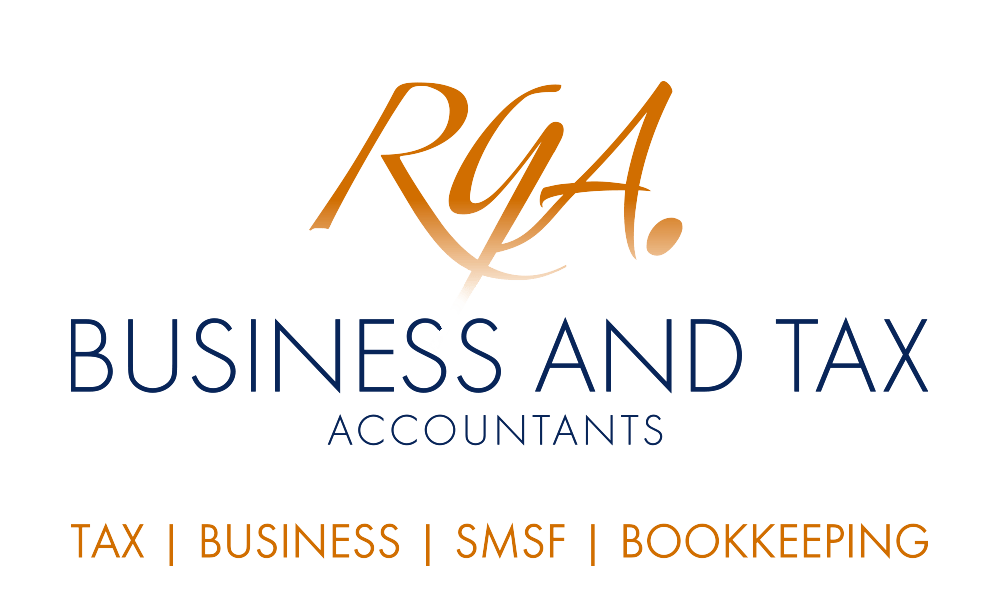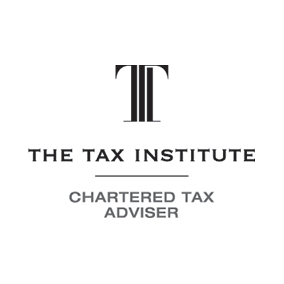
The JobKeeper payment will soon be changing. In order to support businesses through a potentially prolonged economic downturn due to the pandemic, the government has confirmed it will seek to extend the payment beyond the current end date of 27 September to 28 March 2021. The extension of the payment comes with significant changes including an introduction of a part-time rate for those who were employed less than 20 hours per week, a slow tapering of the payment rate from $1,500 to $1,000 per fortnight, and more stringent eligibility requirements.
Businesses nervous about the state of the economy in the wake of a potential second wave can breathe a sigh of relief; the government has confirmed its intention extend the JobKeeper beyond the current legislated end date of 27 September with a few tweaks to eligibility and payment rates.
While the government has extended the JobKeeper from 28 September 2020 to 28 March 2021, not everyone currently on the JobKeeper will be treated the same. Part of the changes include the introduction of a part-time rate to "better align the payment with the incomes of employees before the onset of the COVID-19 pandemic". Another significant change is the slow tapering down of the payment rate from the current $1,500 to $1,000 by 28 March 2021.
| Period |
Full rate per fortnight |
Less than 20hrs worked per fortnight rate (Part-time rate) |
| 28 September 2020 to 3 January 2021 |
$1,200 |
$750 |
| 4 January 2021 to 28 March 2021 |
$1,000 |
$650 |
Employees who were employed for less than 20 hours a week on average in the four weekly pay periods ending before 1 March 2020 will receive the part-time rate from 28 September 2020. Businesses will therefore be required to nominate which payment rate they are claiming for each of their eligible employees. Payment by the ATO will continue to be made in arrears, and alternative tests are available where the employees' hours were not usual during the February 2020 reference period.
In addition to the change in payment rates, businesses that want to continue claiming the JobKeeper payment beyond 27 September 2020 will be required to reassess their eligibility with reference to their actual turnover in the June and September quarters as well as satisfying existing eligibility requirements.
Therefore, it may be possible for businesses to be eligible for the first extension (28 September 2020 to 3 January 2021) and not the second extension (4 January 2021 to 28 March 2021) depending on economic and trading conditions.
To be eligible for the JobKeeper for the period 28 September 2020 to 3 January 2021, businesses will be need to demonstrate that their actual GST turnover has significantly fallen in both the June quarter 2020 (April, May and June) and the September quarter 2020 (July, August, September) relative to comparable periods (generally the corresponding quarters in 2019).
Similarly, to be eligible for the second JobKeeper extension from 4 January to 28 March 2021, businesses will again need to demonstrate that their actual GST turnover has significantly fallen in each of the June, September and December 2020 quarters relative to comparable periods (generally the corresponding quarters in 2019). A 30% decline is considered significant (in line with existing eligibility requirements) for most businesses not including not-for-profits.
As the deadline to lodge a BAS for the September quarter or month is in late October, and the December quarter (or month) BAS deadline is in late January for monthly lodgers or late February for quarterly lodgers, businesses will need to assess their eligibility for JobKeeper in advance of the BAS deadline in order to meet the wage condition (which requires them to pay their eligible employees in advance of receiving the JobKeeper payment in arrears from the ATO).
Therefore, businesses must be careful if they are intending to claim the extentions to the JobKeeper payment, however, the Commissioner will have the discretion to extend the time an entity has to pay employees in order to meet the wage condition, so that entities have time to first confirm their eligibility.
Need help with working out eligibility?
If you need help to work out whether your business is eligible for the extension or whether certain employees will soon need to be paid a part-time rate, contact us today, we can help work out your eligibility in advance and plan for the new payment rates to your employees.
Email us at Robert Goodman Accountants at reception@rgoodman.com.au. © Copyright 2020 Thomson Reuters. All rights reserved. Brought to you by Robert Goodman Accountants.









